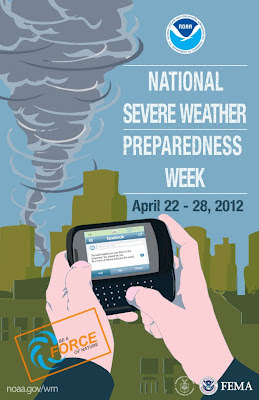Recent News
- Tomas Höök signing off as Illinois-Indiana Sea Grant director this summer
- Illinois-Indiana Sea Grant welcomes Stuart Carlton as the program’s new director
- Four Illinois and Indiana educators will set sail on Lake Michigan aboard EPA’s research ship
- Join IISG as a new pollution prevention outreach assistant
- Beach season means it’s time for lifesaving Lake Michigan water safety resources
IISG Instagram
Attention STEM educators! Our new aquaponics curriculum is here! Designed for 9-12th grade classrooms with operating aquaponics systems, this curriculum, created by educators for educators, teaches STEM concepts through the lens of aquaponics, aligning with NGSS and Great Lakes Literacy Principles. Learn more at the link in bio.

Big news from Illinois‑Indiana Sea Grant! We’re thrilled to announce Dr. Stuart Carlton, our Assistant Director since 2018, will step into the Director role on July 14, 2025. Join us in congratulating Stuart, and read on at the link in bio to find out more about the transition!

🌊 Boost Your Great Lakes Literacy in 3 Easy Ways!
1️⃣ Read the Great Lakes Literacy Principles
2️⃣ Join a Sea Grant professional learning event
3️⃣ Explore Great Lakes educational resources
📬 The summer edition of the Center for Great Lakes Literacy newsletter supports all three—and more!
Perfect for educators, environmental leaders, and curious minds.
👉 Subscribe today and dive into a world of Great Lakes learning: https://conta.cc/3ZtrIKc or the link in bio.

Don’t miss this opportunity to enhance your teaching skills and connect with fellow educators! Join us for a two-day, water-themed workshop on August 8-9, 2025, at the Dunes Learning Center located in Indiana Dunes National Park. Open to all 5-12th grade formal and non-formal educators, this event offers a chance to explore the natural world, network, and receive exclusive access to the newest Project WET Educator’s Guidebook: Water in Earth Systems.
The registration deadline is July 18th.
Learn more at the link in bio.


